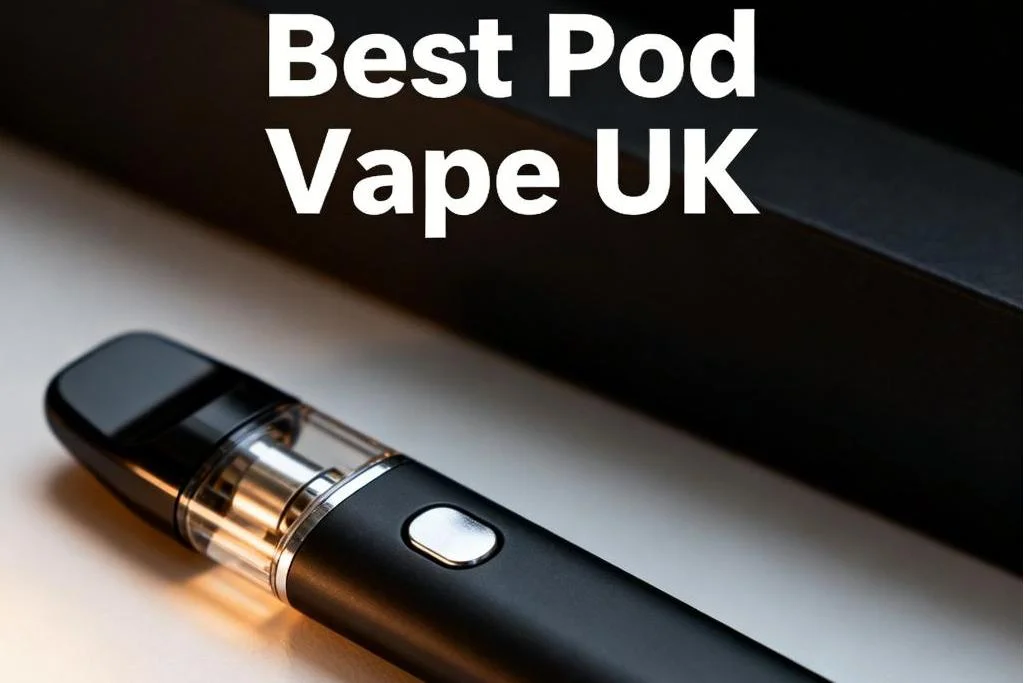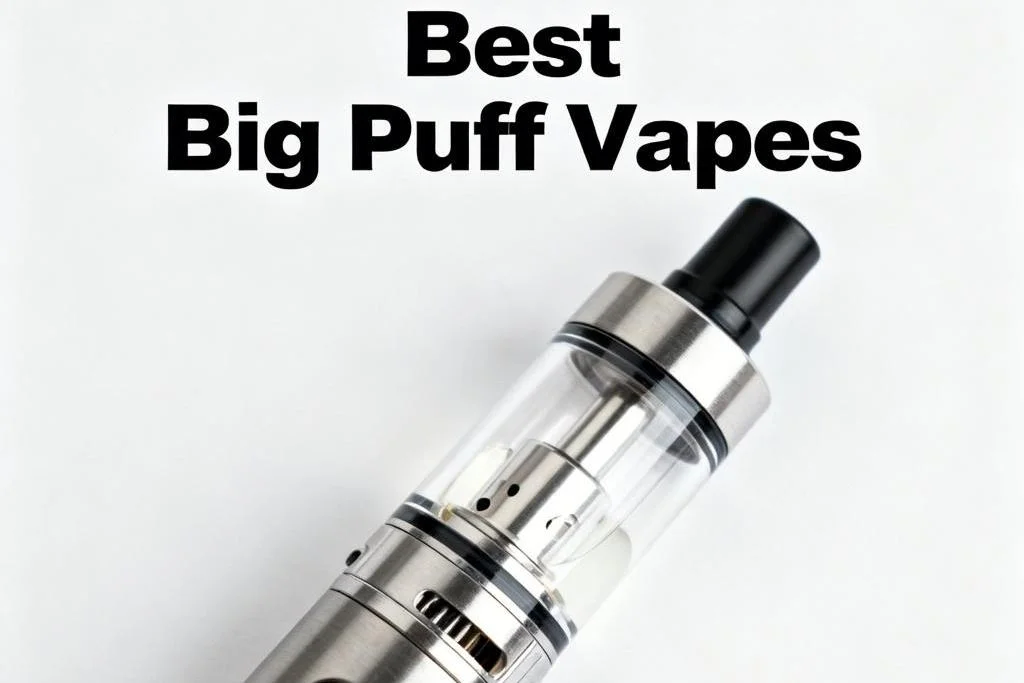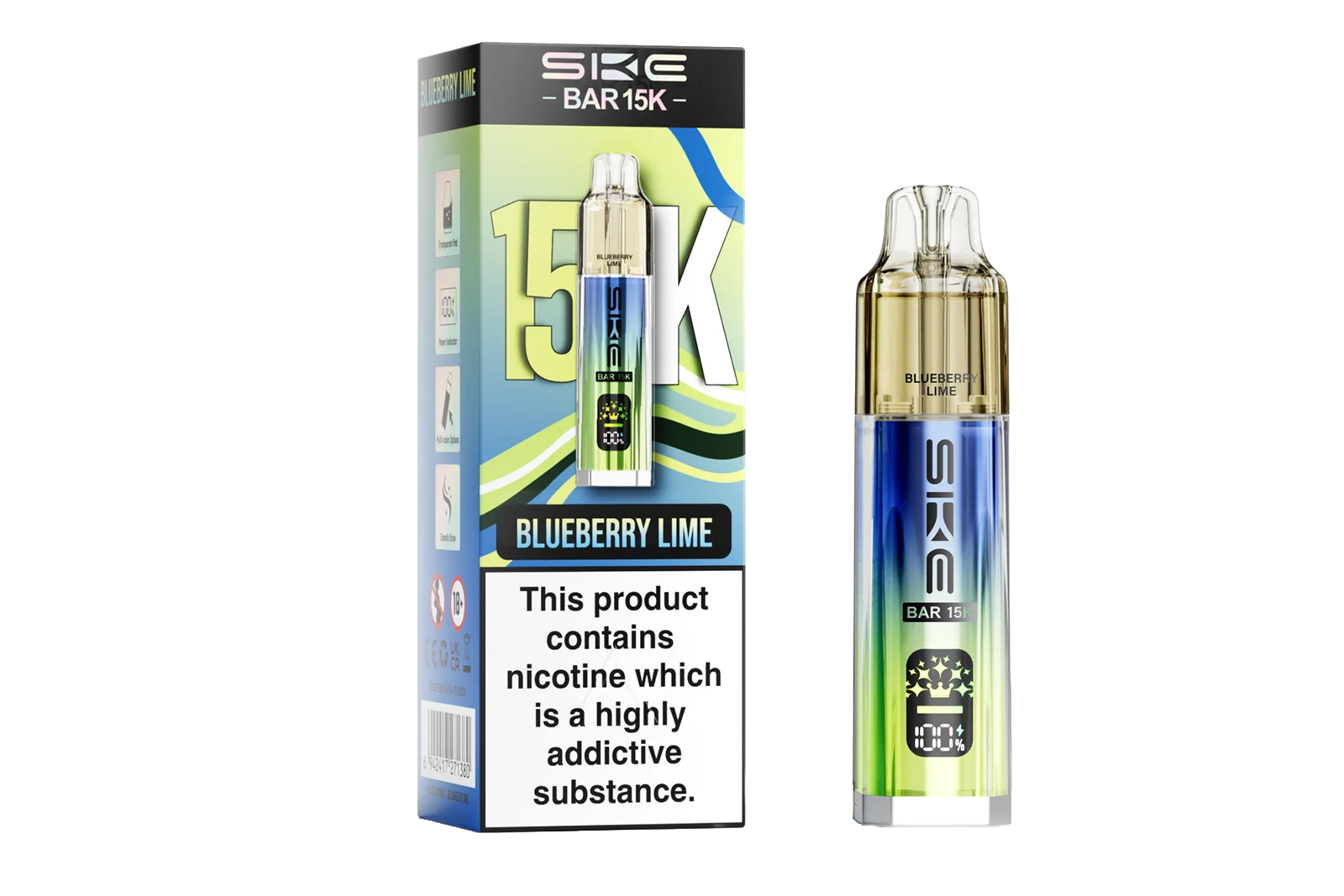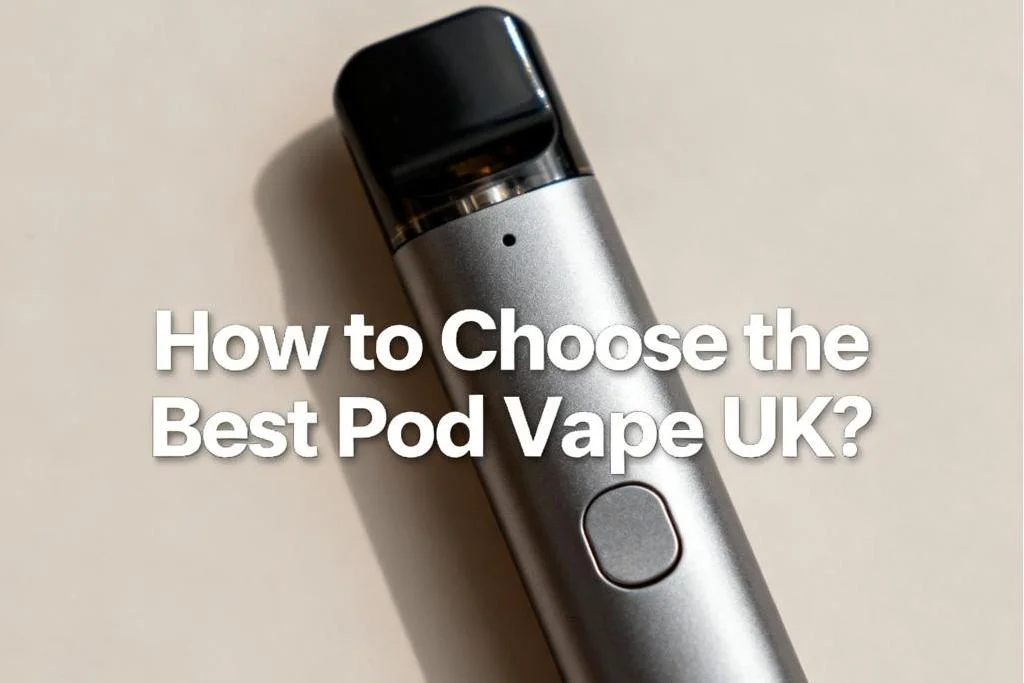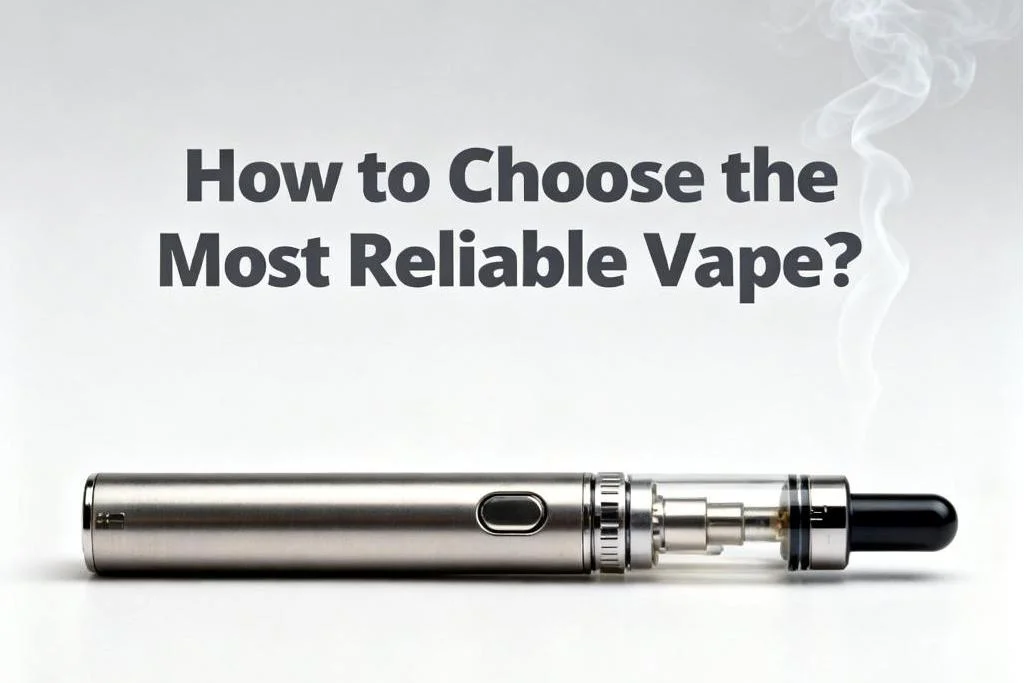Is Vegetable Glycerin Safe to Vape? Find Out Now!
As vaping continues to grow in popularity, understanding the safety of its components is crucial for both new and seasoned enthusiasts. VG's widespread use in vaping products due to its desirable properties brings us to the question: Is vegetable glycerin safe to vape?
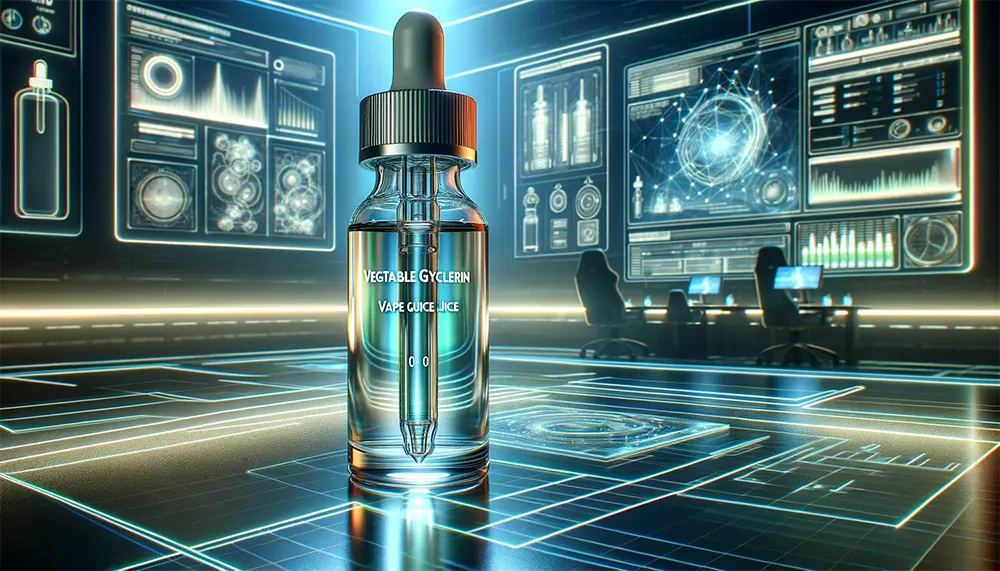
What is Vegetable Glycerin in Vape?
The Chemical Makeup of Vegetable Glycerin
Vegetable glycerin, scientifically known as glycerol, is a colorless, odorless, viscous liquid derived from plant oils through hydrolysis. Hydrolysis breaks down the fats found in oils, culminating in the creation of fatty acids and glycerol, the latter of which is purified to produce VG. Chemically, VG is classified as a trihydric alcohol featuring three hydroxyl (-OH) groups. This molecular structure is pivotal, as it grants VG its signature properties — hygroscopicity, solubility in water, and a high boiling point (290°C or 554°F).
This trihydroxy structure makes VG highly hydrophilic (water-attracting), enabling it to absorb moisture from its immediate environment. It's this characteristic that plays a crucial role in VG's efficacy as a base in vaping liquids, affecting both the physical sensation of vaping and the visual output of vapor.
Why VG is Preferred in Vaping Liquids
1. Enhanced Viscosity for Optimal Vapor Production
VG's viscous nature is a decisive attribute that makes it preferred in vaping liquids. The thick consistency of VG-based e-liquids can produce dense, voluminous clouds of vapor, closely mimicking the traditional smoking experience but without combustion. This viscosity also affects the mouthfeel of the vapor, making it pleasantly smooth and satisfying to inhale.
2. Hygroscopic Nature for Satisfying Throat Hit and Moisture
VG's ability to draw moisture into the vapor is essential for creating a comfortable and less irritating throat hit, especially important for individuals transitioning from smoking to vaping. The moisture absorbed by VG from the air and the user's mouth ensures that the vapor feels less dry, reducing throat harshness and promoting a more enjoyable experience.
3. Natural Sweetness Enhances Flavor Profiles
The inherent slight sweetness of VG is a boon for flavor enhancement in e-liquids. It complements various flavor profiles, from fruity to dessert-based, without requiring additional artificial sweeteners. This natural sweetness, derived from VG's plant-based origins, enriches the vaping experience, making flavors more rounded and satisfying.
4. A Role in Producing Cooler, Comfortable Vapor
The high boiling point of VG means that it produces vapor at a higher temperature than other substances. However, the resulting vapor tends to feel cooler and more comfortable to inhale, attributed to VG's moisture-retaining properties. This makes it particularly appealing for users who are sensitive to the heat and dryness that can accompany vaping.

Is It Safe to Vape Vegetable Glycerin
Current Research on Health Effects
Research into the effects of vaping, including the inhalation of vaporized vegetable glycerin, is still evolving.
Respiratory Health:
Some studies have suggested that inhaling vaporized VG can lead to irritation of the respiratory tract, though these effects are often less severe than those caused by smoking tobacco. The moisture-attracting nature of VG can also result in a condition known as "vaper's tongue," where the thick vapor coats the mouth and throat, dulling taste sensations temporarily.
Potential Toxicity:
VG itself is considered low-risk when inhaled in moderation. However, when vaporized at high temperatures, VG can undergo thermal degradation, leading to the formation of acrolein and formaldehyde, both of which are known irritants and potentially carcinogenic. It's necessary to note that the levels of these compounds are significantly lower in e-cigarettes than in traditional cigarettes.
Comparison with Other Vaping and Smoking Substances:
VG is often viewed more favorably due to its lower toxicity profile when compared to other substances used in vaping and smoking. Unlike propylene glycol (PG), another common base in e-liquids, VG tends to be less irritating to the throat and lungs. Compared to the harmful chemicals found in cigarette smoke, such as tar and carbon monoxide, VG is a considerably safer alternative.
FDA's Stance on Vegetable Glycerin
The Food and Drug Administration (FDA) has classified vegetable glycerin as "generally recognized as safe" (GRAS) for use in food and cosmetics, grounded in extensive use and research in these areas. According to available research and consensus among experts, this designation indicates that VG is safe for ingestion and topical application. However, it's crucial to understand that the GRAS status does not automatically extend to inhalation. Is vegetable glycerin safe to inhale?
The regulatory body has also called for more studies to assess the safety of inhaling VG, as the lungs' response to aerosolized substances can differ significantly from the digestive system's handling of ingested materials or the skin's reaction to topical applications. While VG is considered safe for consumption as a common ingredient in many products, the long-term effects of inhaling vaporized vegetable glycerin are not yet fully understood.
Future studies are needed to provide a comprehensive understanding of the safety profile of VG when used in vaping, particularly concerning long-term respiratory health and the potential for toxicity when exposed to high temperatures.

Vegetable Glycerin Vape Side Effects
Vegetable glycerin (VG) inhalation may be associated with some potential side effects.
1. Hydration and Dry Mouth
One of the most commonly reported side effects of vaping VG-based e-liquids is dry mouth or xerostomia. This condition arises due to VG's hygroscopic nature, which attracts and retains moisture from its surroundings, including the oral cavity. This moisture-binding capability can lead to a reduction in saliva, which in turn causes dry mouth. Persistent dry mouth also increases the risk of dental health issues, including cavities and gum disease, due to a lack of saliva's natural cleansing effects.
2. Throat Irritation and Coughing
Some users may still experience throat irritation or a mild cough when vaping VG-dominant e-liquids. The respiratory system's adjustment period to vaping often causes these symptoms, which are usually temporary. However, prolonged or severe symptoms may necessitate a reevaluation of VG concentration in the e-liquid or the overall suitability of vaping for the individual.
3. Allergic Reactions
Though rare, allergic reactions to vegetable glycerin can occur. Individuals with sensitivities to VG may experience symptoms, such as skin rashes, itching, or swelling upon exposure to VG-based e-liquids. It's serious for users to be aware of their allergies and to test for reactions with a small amount of VG if uncertain. In cases of known VG sensitivity, consulting with a healthcare provider and considering alternative vaping bases or cessation may be advisable.
4. Effects on Lipid Pneumonia
There has been speculative concern regarding VG's potential to contribute to lipid pneumonia, a condition characterized by the accumulation of lipids in the lungs. However, lipid pneumonia is typically associated with the aspiration of oily substances into the lungs, a scenario distinct from inhaling vaporized VG. Current research does not conclusively link VG inhalation with lipid pneumonia, but the theoretical risk underscores the importance of using well-maintained vaping devices and proper inhalation techniques to minimize any potential for liquid aspiration.
5. Impact on Lung Function
Emerging research into the long-term effects of vaping VG suggests a need for a cautious approach. Studies have indicated potential impacts on lung function, including changes in lung tissue and inflammatory responses. While these effects appear to be less severe than those associated with traditional cigarette smoking, further investigation is needed to fully comprehend the long-term implications of VG inhalation on respiratory health, considering its cumulative impact.
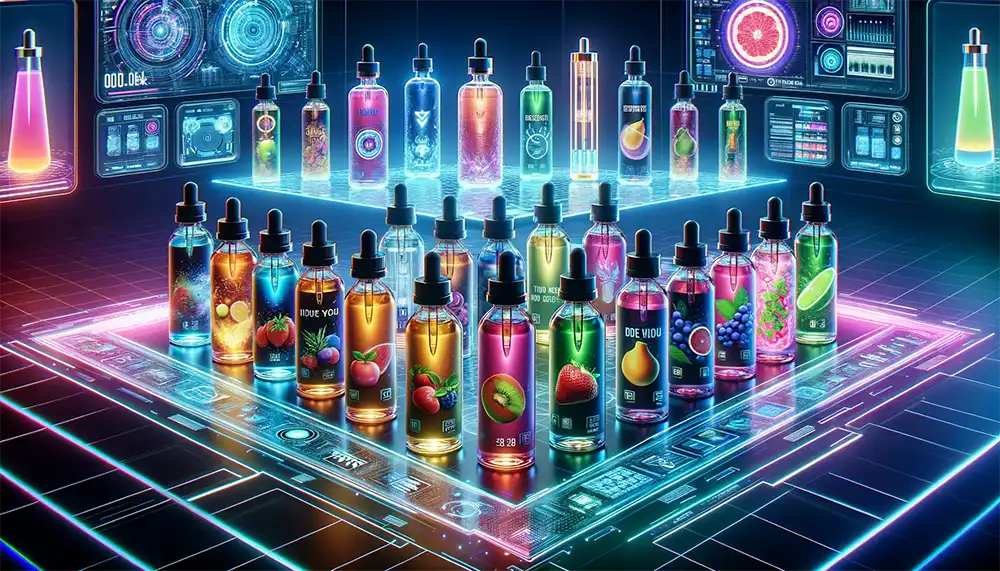
FAQs
Q1: Can I vape vegetable glycerin?
Yes, you can vape vegetable glycerin (VG). VG is a common base used in e-liquids for electronic cigarettes and vaporizers due to its ability to produce large vapor and a mildly sweet taste. When using VG in vaping, it's significant to ensure it's of a high purity level, typically food or pharmaceutical grade, to maintain safety and quality.
Q2: Why is vegetable glycerin in vapes?
Vegetable glycerin is an essential ingredient in the formulation of vaping products for its unique characteristics that enhance the vaping experience. It's a thick liquid that helps produce large, satisfying clouds of vapor, which satisfy many vapers. Additionally, its natural sweetness improves the taste of e-liquids without added sugars. VG also has a smooth feel when inhaled, making it a preferred choice for those looking for a less harsh throat hit.
Q3: Can you vape pure glycerin?
Technically, Yes. But it might not provide the most satisfying experience when used alone. Pure VG is very thick and may be difficult for some vaporizers to handle, potentially leading to clogged coils and reduced vaporizer performance. Furthermore, it might not carry flavors as effectively as when mixed with PG. Most commercially available e-liquids blend VG and PG to optimize vapor production, flavor, and throat hit.
Q4: Is glycerin in vape juice?
Yes, glycerin, specifically vegetable glycerin (VG), is a common ingredient in vape juice. VG is used alongside propylene glycol (PG) in various ratios to create the base of e-liquids. Then, this base is mixed with flavorings and, optionally, nicotine to produce the final vape juice product.
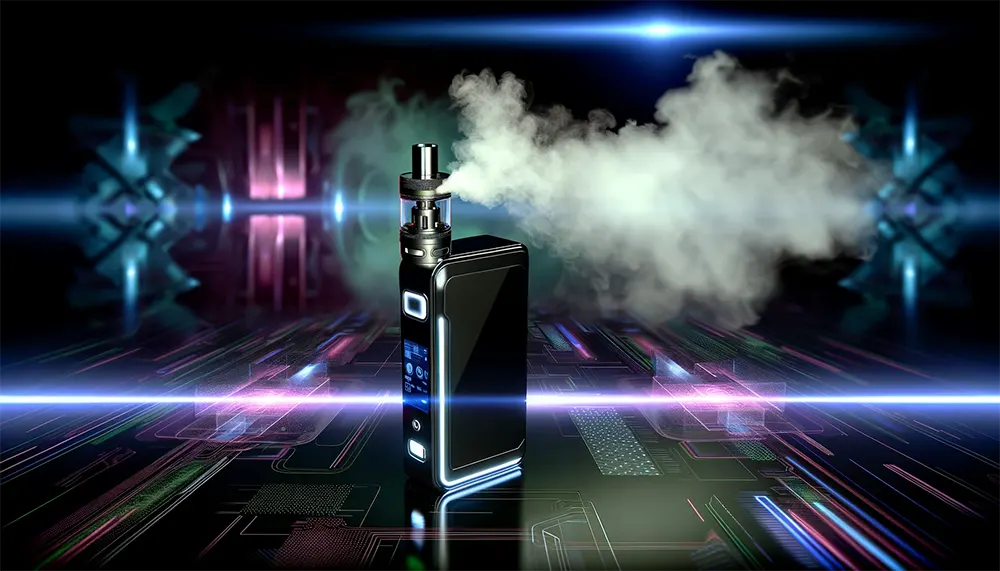
In conclusion, vegetable glycerin's role in vaping is undeniably significant, offering a blend of benefits that cater to the diverse preferences of vapers around the globe. While VG is generally recognized as safe for ingestion and topical application, the vaping community and regulators alike must stay informed by the latest scientific findings to navigate the evolving landscape of vaping safety and satisfaction.
TABLE OF CONTENTS
- What is Vegetable Glycerin in Vape?
- The Chemical Makeup of Vegetable Glycerin
- Why VG is Preferred in Vaping Liquids
- 1. Enhanced Viscosity for Optimal Vapor Production
- 2. Hygroscopic Nature for Satisfying Throat Hit and Moisture
- 3. Natural Sweetness Enhances Flavor Profiles
- 4. A Role in Producing Cooler, Comfortable Vapor
- Is It Safe to Vape Vegetable Glycerin
- Current Research on Health Effects
- Respiratory Health:
- Potential Toxicity:
- Comparison with Other Vaping and Smoking Substances:
- FDA's Stance on Vegetable Glycerin
- Vegetable Glycerin Vape Side Effects
- 1. Hydration and Dry Mouth
- 2. Throat Irritation and Coughing
- 3. Allergic Reactions
- 4. Effects on Lipid Pneumonia
- 5. Impact on Lung Function
- FAQs

